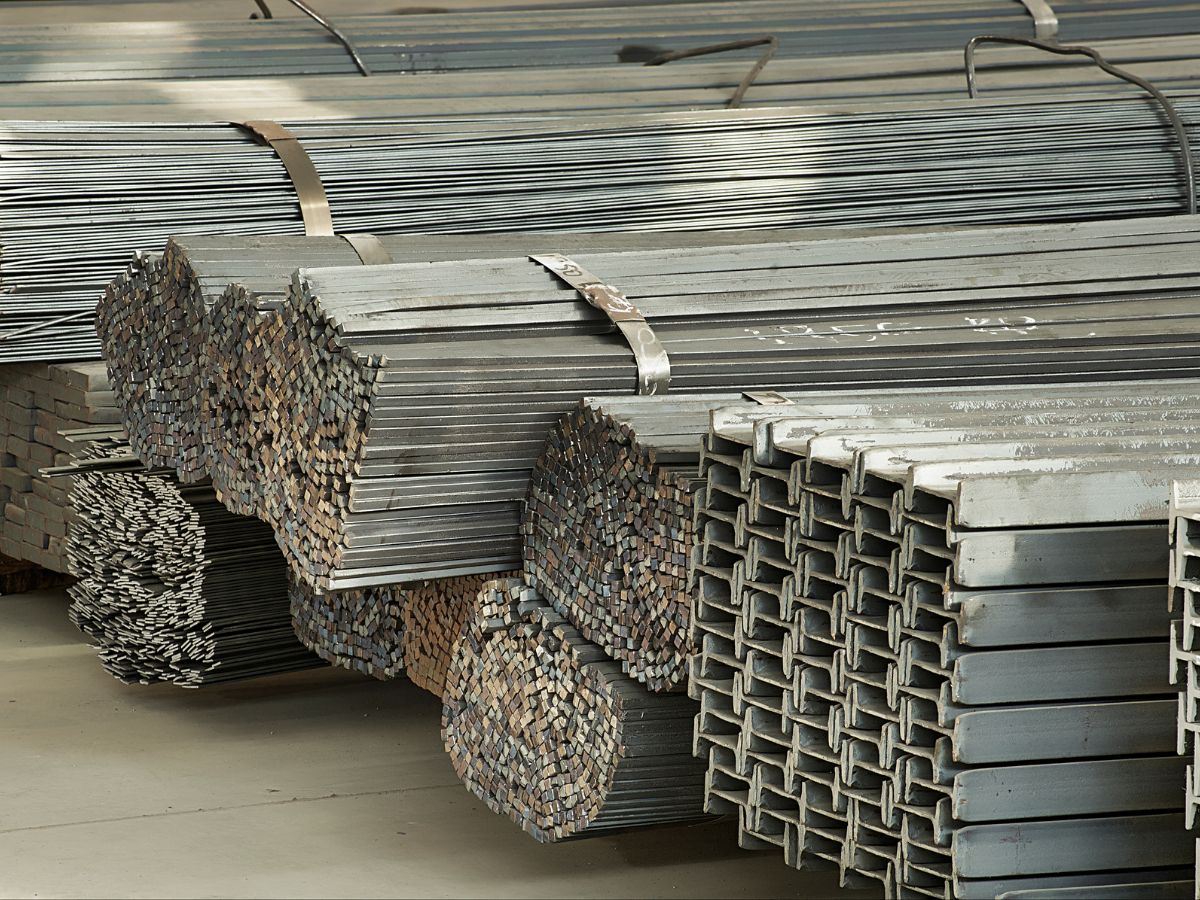
Kolkata: Expressing optimism in steel demand amid headwinds, a senior central government official said on Saturday that the domestic production is likely to cross 300 million tonnes by 2030.
The ministry also does not foresee any hurdles in capacity addition due to decarbonisation efforts in the steel sector and will soon release a draft roadmap seeking public opinion to reduce the carbon footprint in the steel sector, which accounts for 12 per cent of total emissions, Steel Secretary Nagaendra Nath Sinha said.
“The current steel demand remains strong with infrastructure push from the government and expecting a growth of about 10 per cent. The GDP is also growing robustly, and with continued emphasis on infrastructure from both government and private sectors, steel demand will continue to stay strong,” Sinha said, while addressing members of the Bharat Chamber of Commerce (BCC).
The finished steel output during 2023-24 was 138.5 million tonnes, which is up 12.4 per cent year-on-year. To achieve 300 million tonnes of installed capacity, a CAGR of 12 per cent would be required.
From January to April 2024, steel production was 49.5 million tonnes, a jump of 8.5 per cent, BCC president N G Khaitan said.
Sinha also stated that some steel makers were not reporting production and sales data accurately, and the ministry feels there are gaps. He urged companies to report correctly to support policy framing.
The steel makers complain of several headwinds like iron ore shortage, cheap steel imports and policy shortcomings.
The steel makers of eastern India raised serious concerns about iron ore shortages in the sector and suggested several steps to address the 53 million tonne iron ore shortage in the Indian steel industry.
Asked about steel import concerns from the industry, Sinha said imports in quantity are only 5 per cent of consumption, but there are complaints about hot-rolled coil from Vietnam, which the Directorate General of Trade Remedies, under the Ministry of Commerce and Industry, has taken up.
Speaking about the decarbonisation roadmap, Sinha said the government had set up 14 task forces on this and, after inter-ministerial discussions, the report will be released for public feedback soon. The roadmap focuses on increased hydrogen use in the steel industry and carbon capture, among others.
The short-term target for the government aims at about a 20 per cent reduction in carbon intensity. Currently, the average carbon intensity is 2.5 tonnes per tonne of steel production.
A consortium has been planned with labs, IITs, primary and secondary steel makers, and equipment makers to develop indigenous green technology.
Sinha stated that the steel ministry has written to the Finance Ministry to support keeping Rashtriya Ispat Nigam Ltd as a “going concern” during times of crisis so it does not lose its valuation.



